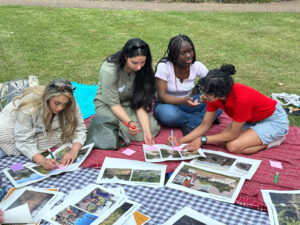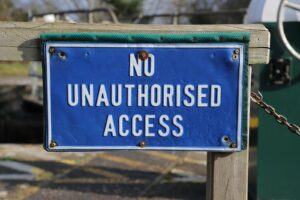Community-led housing is a small but important area of activity. Across the country, groups of residents are working hard to address local housing problems collectively. Often the problems being solved are in areas where the challenges are not tempting enough for ‘bigger players’. Groups like Giroscope in Hull take on and renovate empty properties – often in areas of little or no commercial interest – providing training for local people as well as affordable homes. Buckland Newton Community Property Trust (situated in an Area of Outstanding Natural Beauty in West Dorset) saw high house prices threatening the long-term survival of the village community, and built affordable homes for local people, obtaining long-term community assets in the process.
Community-led housing providers have a clear vested interest in their location, which gives them an advantage when it comes to local engagement. They can get local landowners and other stakeholders on board in a way that other housing providers struggle to achieve. And they can inject energy into places where people feel like they’ve fallen off the map. For these organisations, the balance between rental and home ownership they provide is a considered reflection of local housing needs and labour market conditions; to suit what they know is needed.
Where homes are rented, the relationship between the community-led housing provider and tenants housed can be closer, when compared to typical housing association tenants. Tenants either are, or are encouraged to become, members of the community-led housing provider, with a legal right to shape how it operates. They have power to make changes that housing association tenants do not have. This can transform passive consumers into active citizens, with a desire and a passion to make their communities work. The individuals housed – often people who started out with some financial or other disadvantage – can be empowered to take responsibility for their local area. This is the epitome of localism.
Now, with the extension of the Right to Buy looming, much of the community-led housing sector is in temporary paralysis. Conditions attached to most of the grant funding available from the Homes and Communities Agency have meant that many either are, or partner closely with, registered providers (for example through leasehold arrangements). Changes affecting the wider housing sector also affect community-led housing providers; loss of properties through the Right to Buy, coupled with the proposed rent reductions, threaten the viability of business plans and reduce the borrowing potential needed to build new homes.
The possibility of losing affordable homes which may have taken years to develop and provide, with little chance of replacing those homes locally, might well be enough to kill off large chunks of community-led housing activity.
A newly formed Community-led Housing Alliance (supported by BSHF and funded by the Nationwide Foundation) has worked with Anthony Collins Solicitors to develop a statutory definition for community-led housing in order to seek an exemption for community-led housing providers from the proposed Right to Buy.
While the threat of a loss of homes from community ownership is a depressing prospect, there is no doubt that the sector contains some great entrepreneurs and innovators. Providing community-led homes is no walk in the park – these people don’t give up easily – so there is little doubt that the sector will prevail in some form. However, it’s clear that the damage of extending the right to buy on community-led housing – and the value to local communities it represents – could be devastating.


















Leave a Reply